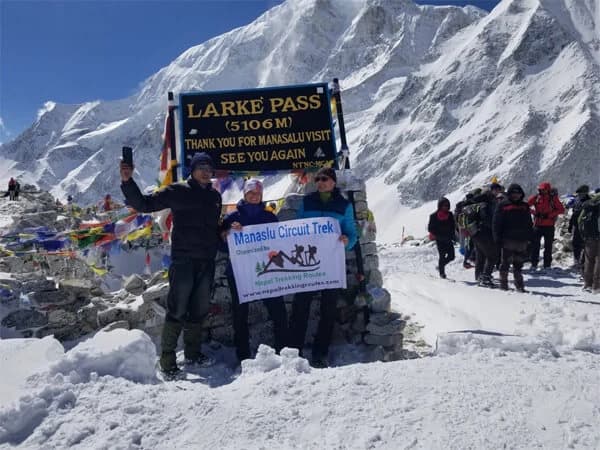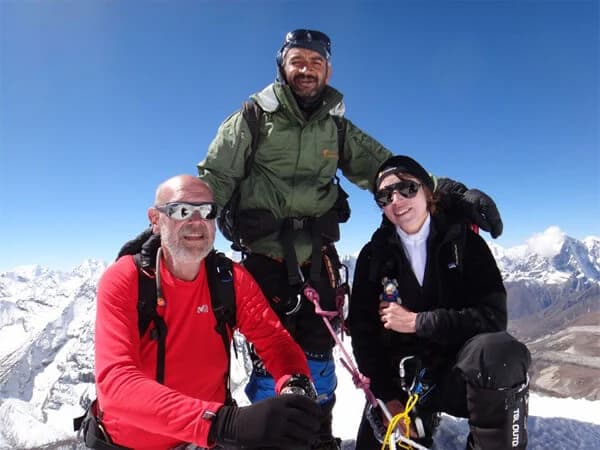Arun Valley Everest Base Camp Trek Overview
Arun Valley Everest Base Camp Trek is named after the world’s highest peak, Mount Everest (8,848m), and the world’s fourth peak, Mt. Makalu (8,463m). During the trip, you will enjoy the eye-catching vistas of the Himalayas, flora and fauna plus diverse cultural beauties.
Trekking from Arun Valley to Everest Base Camp begins after Kathmandu Sightseeing Tour. Before flying to Tumlingtar, you explore 4 of the 7 UNESCO World Heritage Sites of the Kathmandu Valley Tour.
It is a moderate to challenging Nepal trekking more appropriate for experienced trekkers than beginner trekkers. Arun Valley is one of the ancient civilizations of Nepal. Arun Valley civilization is unique from other parts of the country. Cultural songs, dances, are costumes have a distinct identity of this Himalayan valley.
The Khumbu Valley and the Gokyo Valley trek are dwelt by the Sherpas, who are synonymous with the Himalayas. Trekking from Arun Valley to Everest Base Camp (5,364m) rewards you with the Tibetan culture, tradition, lifestyle, and shrines in the Nepali territories.
Ancient monasteries such as Khiraule Gompa of Arun Valley, Tengboche Monastery, and Pangboche Monastery are prominent Buddhist shrines. You can enjoy the Tibetan Buddhist feasts and festivals on different occasions.
The flora and fauna of Makalu Barun National Park and Sagarmatha National Park add more to Arun Valley to Everest Base Camp Trek. Both national parks are some of the highest altitude conservation centers in the world. A large variety of animals, birds, butterflies, and plants are found in these parks.
Best Time for Arun Valley EBC Trek
Arun Valley EBC Trek can be done most of the months of the year. However, heavy snowfall in the winter months and heavy rainfall in the monsoon months are not much recommended.
Best Time for Arun Valley Trek is either the spring (March-May) or the autumn (September-November).
In these seasons, the fine days with clear skies reward you with magnificent views of the Himalayas and valleys. The weather and temperature of these months are not as harsh as those in other months.
Arun Valley EBC Trek in the spring rewards you with the most colorful forests of the Makalu Barun National Park and Sagarmatha National Park. Moreover, you can watch various birds, butterflies, and animals from Arun Valley to the Everest Base Camp Trek route.
In the autumn, you can enjoy festivals and feasts of these valleys dwelt by diverse ethnic communities although the majority of the Sherpas. Likewise, it is time for fruit production in Nepal that you can taste the organic fruits of the Himalayas as well.
Therefore, you are highly recommended to do this trek either in the spring or in the autumn.
Arun Valley EBC Trek Route
The Arun Valley Trek route begins from Tumlingtar of the Makalu Barun Region. Then, it moves towards the Khumbu Valley across Surke La Pass (3,100m).
After the Everest Base Camp Trek and Kalapathar View Trek, the route diverts towards Gokyo Lakes across Cho La Pass (5,420m).
You spend a day in the Gokyo Valley to reach atop Gokyo Ri (5,257m). Gokyo Ri is one of the best viewpoints of Nepal. Gokyo Lakes Trek remains incomplete without Gokyo Ri hiking.
You have 360-degree panoramas of Mt. Everest, Mt. Lhotse, Mt. Cho Oyu, Mt. Makalu, Mt. Ama Dablam, and what not.
Rejoicing a lifelong memory of trekking in Nepal, you descend towards the Lukla Valley to fly back to Kathmandu. This is how the route of Arun Valley EBC Trek is made for experienced trekkers.
Arun Valley Everest Base Camp Trek Itinerary
The Arun Valley to Everest Base Camp Trek itinerary is one of the most flexible perhaps. You can do Arun Valley Trek and Everest Base Camp Trek separately as well.
The Arun Valley EBC Trek route extends from the Makalu Barun National Park, Sagarmatha National Park, and Gokyo Valley. Straight after Kalapatthar Trek, you trek to Dzongla on the way to Gokyo Lakes Valley.
Alternatively, you can descend to Periche from Gorakshep by following the classic EBC Trek route as well.
The itinerary of Arun Valley to Everest Base Camp Trek extends from 15 days to a whole month and even longer. It depends upon your vacation, budget, physical fitness, and experience of trekking in Nepal.
We have proposed a 30-day Arun Valley EBC Trek for those having enough time to spend here. However, it is a tailor-made trip to the Himalayas.
Arun Valley Everest Base Camp Trek Highlight
- Aerial views of the Himalayas, plains and hills
- Flora and fauna of Makalu Barun and Sagarmatha National Park
- The Great Himalayas of Eastern Nepal
- Diverse cultures and traditions of the Arun Valley, the Khumbu Valley, and the Gokyo Lakes Valley
- Exploration of the Gokyo Lakes and Gokyo Ri hiking
- Tailor-made trip
Difficulty of Arun Valley Everest Base Camp Trek
Arun Valley EBC Trek is a moderate trekking in Nepal. By large, it is a recommended trip for experienced trekkers. However, a beginner trekker with good health, physical fitness, and mental strength can also do this trek.
But the proposed itinerary has included Cho La Pass (5,420m), which is one of the highest altitude passes in the Himalayas. Crossing this pass might not be as easy as a regular Everest Base Camp Trek or Arun Valley Trek.
Rather than other factors, altitude gain or acute mountain sickness (AMS) is the most responsible factor for Arun Valley EBC Trek difficulty. Nonetheless, by following the safety rules of AMS, you can easily beat the challenge.
To some extent, the proposed itinerary can be really difficult for the ones having a short vacation for a Nepal visit.

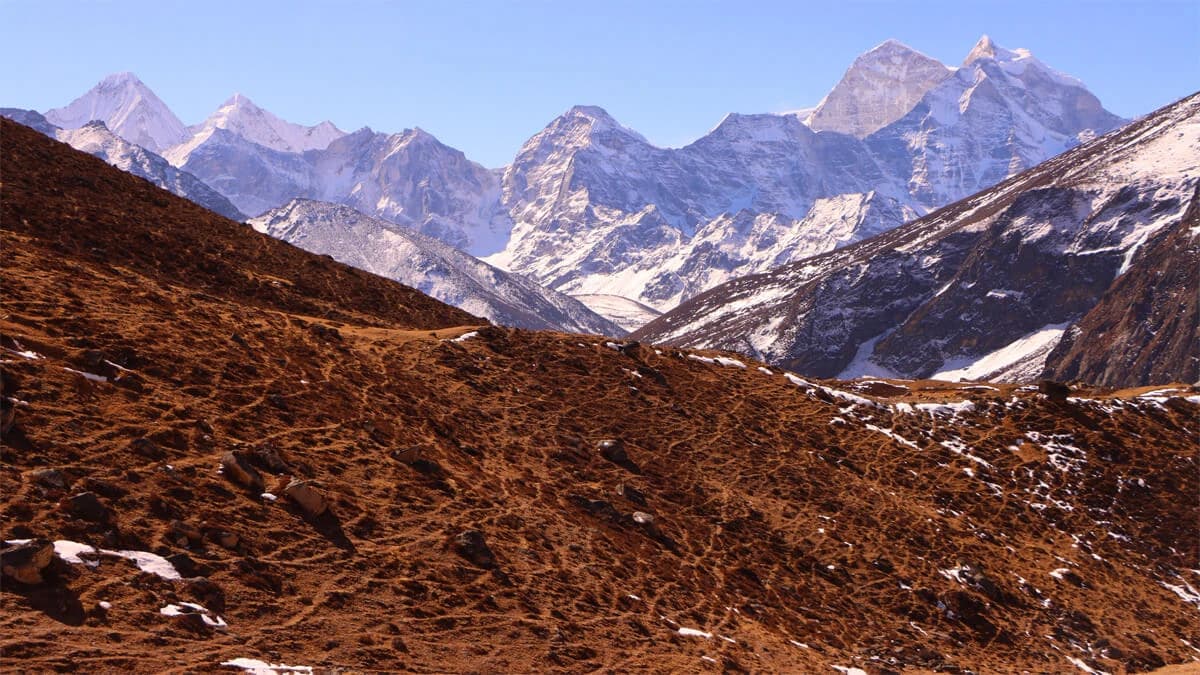

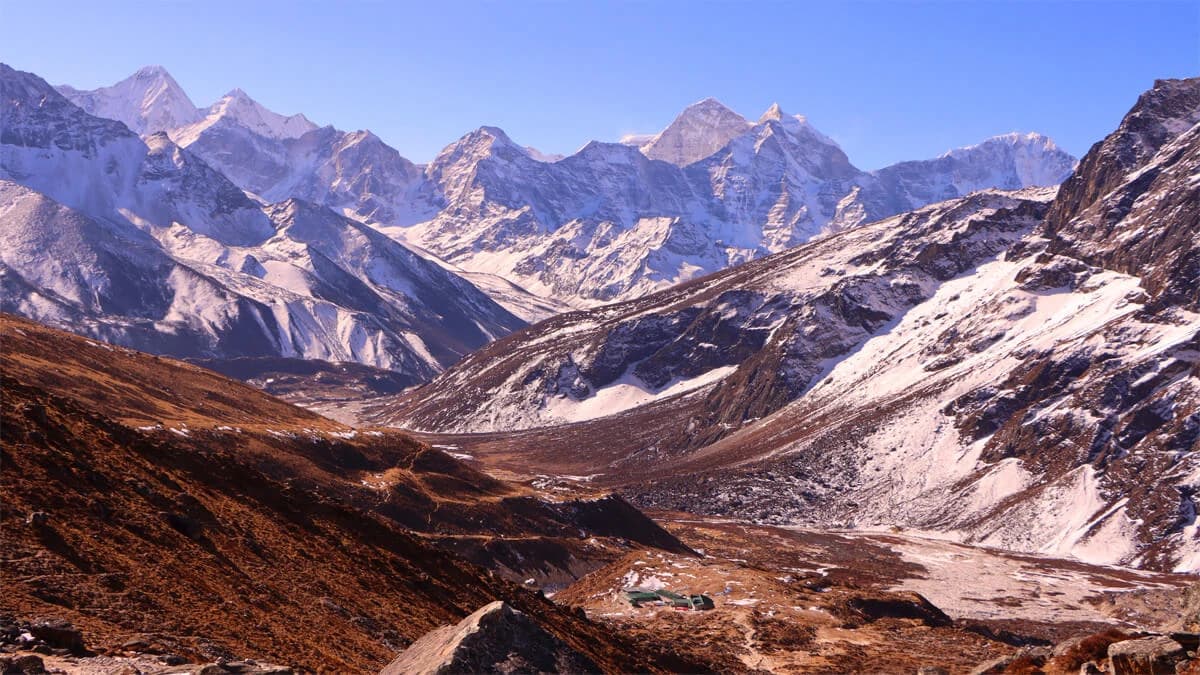
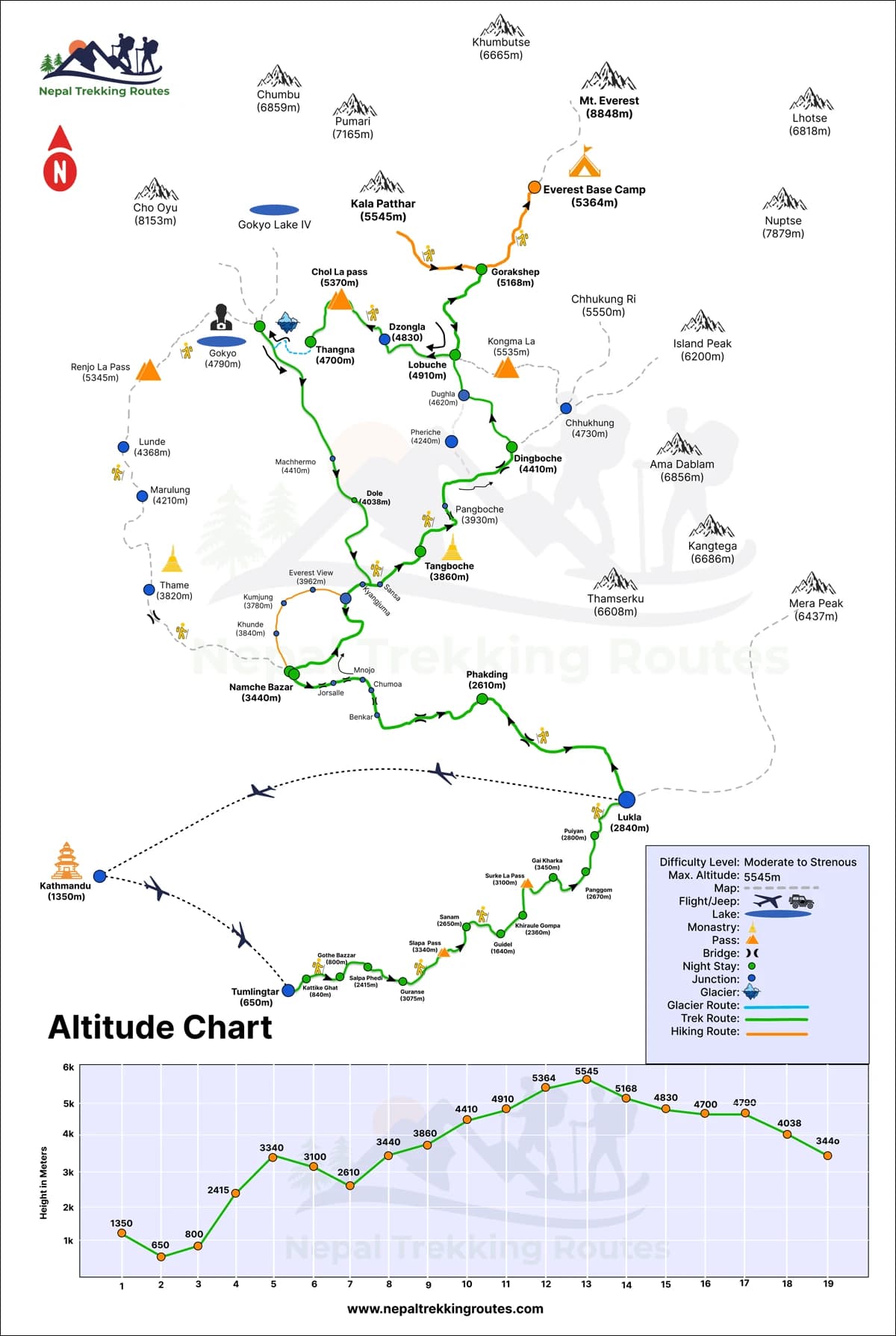
.webp&w=1200&q=75&dpl=dpl_4U3CaZUV3Y5iKdBNPJmVMATJy3AB)
